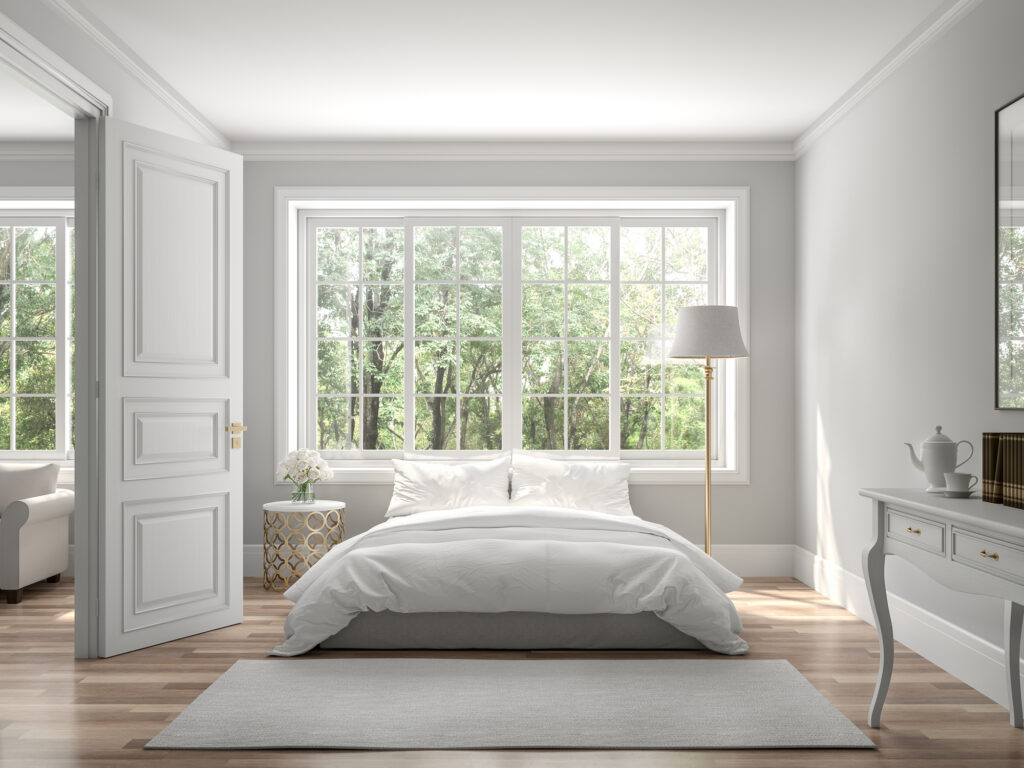Why Certain Rooms Get Hotter Than The Rest of The House
Maintaining consistent comfort throughout your home can sometimes feel like a balancing act, especially when certain rooms seem to absorb more heat than others. At Liberty Plumbing, we understand the importance of a comfortable living environment. In this article, we’ll uncover the factors that contribute to temperature imbalances and provide insights to help you address this common issue.

Ten Reasons for Temperature Variation
1. Sun Exposure:
One of the primary contributors to temperature variations is sun exposure. Rooms that receive direct sunlight for extended periods tend to heat up more quickly and intensely. South-facing rooms typically experience greater sun exposure during the day, leading to higher temperatures.
2. Insulation Levels:
Proper insulation is crucial for maintaining consistent indoor temperatures. Inadequate insulation can result in heat loss or gain, making certain rooms feel hotter or colder. Check the insulation in your home, especially in attic spaces and walls, to ensure it meets recommended standards.
3. Ventilation and Airflow:
Effective ventilation and airflow play a significant role in distributing heat evenly throughout your home. Rooms with poor airflow may trap heat, causing them to become uncomfortably warm. Consider adjusting air vents, using fans, or implementing a whole-house ventilation system to improve air circulation.
4. Proximity to HVAC System:
Rooms that are closer to the central heating, ventilation, and air conditioning (HVAC) system may receive more conditioned air and heat. Conversely, rooms farther from the system may experience reduced airflow and temperature fluctuations.
5. Ductwork Design and Leakage:
Issues with ductwork, such as leaks or improper design, can lead to uneven heating. Leaky ducts can result in conditioned air escaping before it reaches certain rooms, causing temperature disparities.
6. Occupancy and Usage:
Rooms that are frequently occupied and used, such as kitchens or home offices, tend to accumulate heat from appliances, computers, and lighting. This usage can contribute to higher temperatures in these spaces.
7. Thermostat Placement:
The location of your thermostat can influence how your HVAC system operates. If the thermostat is located near a heat source or in a room with varying temperatures, it may not accurately reflect the overall comfort level of your home.
8. Window Quality and Coverings:
Windows can significantly impact a room’s temperature. Single-pane windows are less effective at insulating against heat transfer than double-pane or energy-efficient windows. Proper window coverings, such as blinds or curtains, can also help regulate room temperature.
9. Home Design and Layout:
The layout and design of your home can contribute to temperature imbalances. Open-concept layouts may have more even temperature distribution, while closed-off rooms or hallways can trap heat.
10. Home Upgrades and Renovations:
Home renovations or additions that alter the structure, insulation, or airflow patterns can affect temperature distribution. Ensure that any modifications are properly planned and executed to minimize temperature disparities.
Addressing Temperature Variations
To create a more consistent and comfortable indoor environment, consider the following actions:
- HVAC System Inspection: Schedule a professional HVAC inspection to ensure your system is functioning efficiently and effectively.
- Thermostat Adjustment: Consider using a programmable or smart thermostat to control temperature variations and optimize comfort.
- Airflow Optimization: Adjust air vents, use fans, and implement air balancing techniques to improve airflow throughout your home.
- Insulation and Windows: Upgrade insulation and windows to enhance energy efficiency and regulate indoor temperatures.
- Ductwork Evaluation: Have your ductwork inspected for leaks, damage, or improper design, and address any issues promptly.
- Professional Guidance: Consult with HVAC experts to determine the best strategies for achieving balanced temperatures in your home.
Contact Liberty Plumbing for Expert Solutions
If you’re experiencing temperature disparities and need professional assistance, don’t hesitate to contact the experts at Liberty Plumbing at (951) 760-4215. Our experienced team is here to help create a consistently comfortable living space for you and your family.



